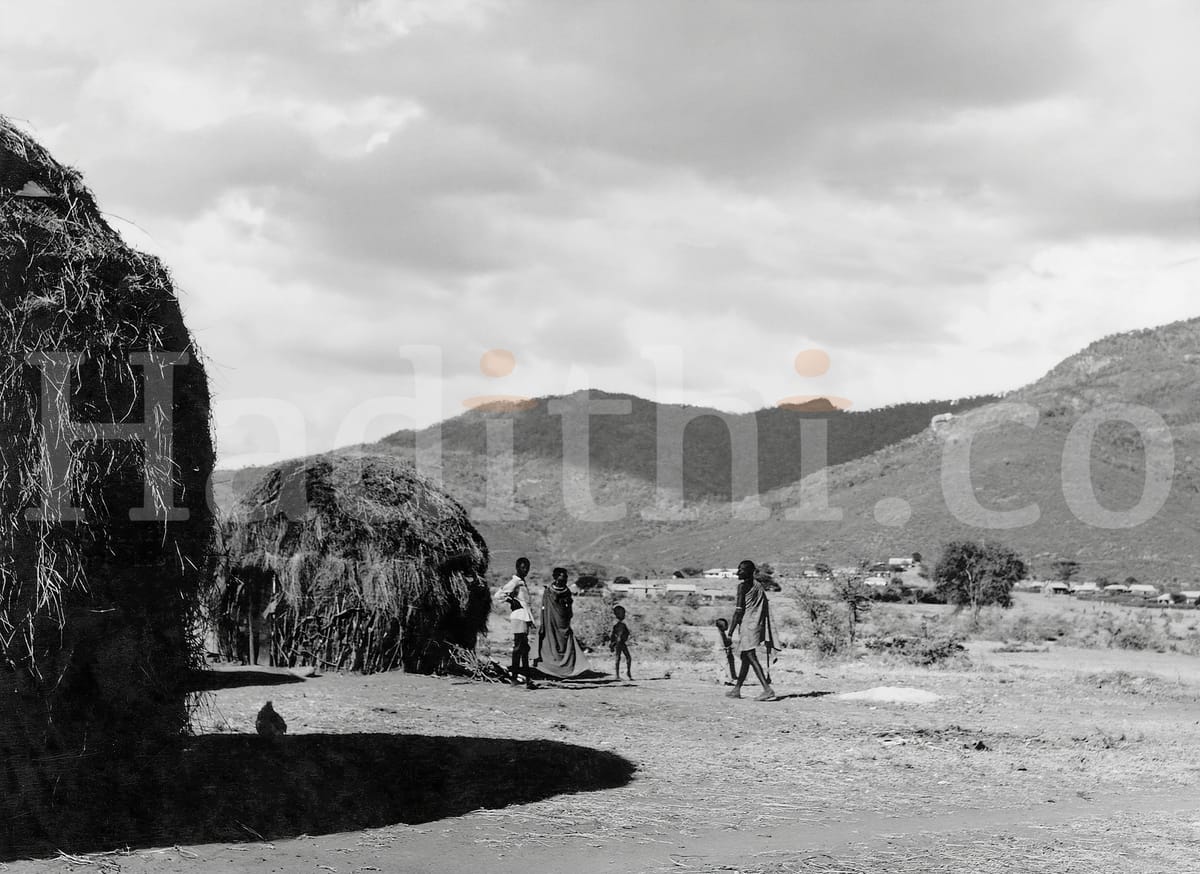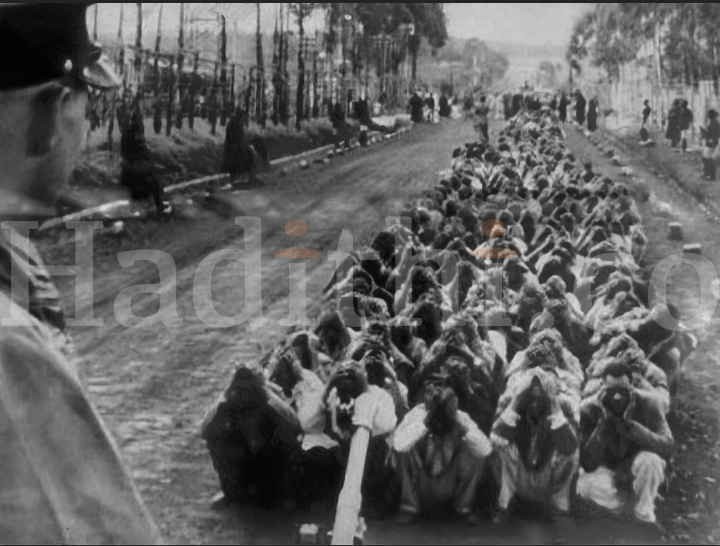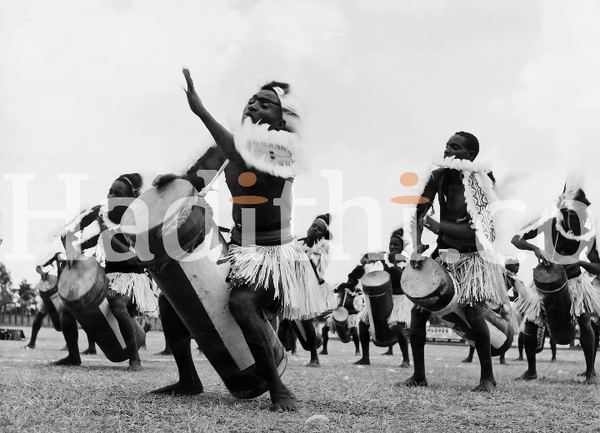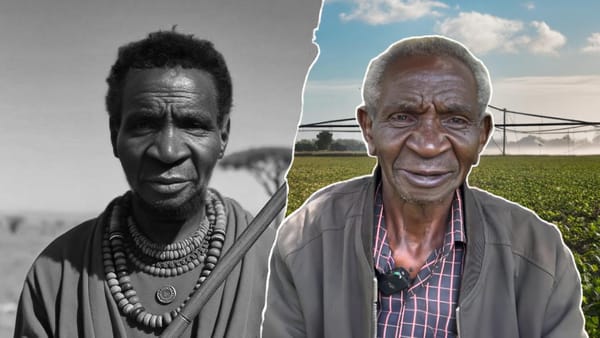The Traditional Maasai Manyatta
The Maasai manyatta, serves as a vibrant symbol of communal life, emboding the rich heritage of the Maasai people, showcasing their traditions, social structures, and resilience against modern challenges. But what secrets does this homestead hold?

A Historical and Cultural Exploration
The Maasai people, renowned for their distinctive culture and pastoral lifestyle, inhabit the regions of Kenya and Tanzania. Central to their way of life is the manyatta, a traditional homestead that not only serves as a dwelling but also embodies the social and cultural dynamics of the Maasai community. This article explores the historical context of the Manyatta, the construction process, the role of morans (warriors), and the significance of local dialects.
Historical Context
Origins of the Manyatta
The Manyatta has its roots in the Maasai's nomadic lifestyle, which dates back centuries. As pastoralists, the Maasai migrated across the East African plains in search of grazing lands for their cattle. The design and construction of the Manyatta evolved to meet their needs for mobility, safety, and communal living.
Traditional Living Arrangements
Historically, the Manyatta was a communal space where extended families lived together. Men, women, and children would reside in separate huts within the enclosure, fostering a strong sense of community and shared responsibility. The Manyatta evolved as a reflection of the Maasai's social hierarchies, with elder men often leading the community and making decisions regarding resource management and family matters.
Living in a Manyatta
Eligibility and Life Stages
Traditionally, living in a manyatta was reserved for married men and their families. Young men, known as morans, were typically not allowed to live in the manyatta until they had gone through the initiation rites that transitioned them into adulthood. This process often involved several stages, including circumcision and the demonstration of bravery, which culminated in a public ceremony.
The Role of Morans
Morans played a crucial role in the Manyatta's social structure. As warriors and protectors, they safeguarded the community and livestock from predators and rival groups. Morans also participated in communal tasks, such as building and maintaining the Manyatta, herding cattle, and engaging in rituals. Their bravery and achievements marked their status within the community.
Construction of the Manyatta
Materials and Techniques
The construction of a manyatta is a labor-intensive process that utilizes locally sourced materials. The primary components include:
- Wooden Poles: These form the framework of the huts, providing strength and support.
- Mud and Cow Dung: A mixture of these materials is used to plaster the walls, creating insulation against heat and cold.
- Thatch: Grass is used for roofing, allowing for ventilation while protecting against rainfall.
Step-by-Step Process
- Site Selection: The location is chosen based on accessibility to water and grazing land.
- Building the Enclosure: Thorny branches are arranged in a circular formation to create a protective fence.
- Constructing Huts: Wooden poles are erected to form the structure of individual huts, which are then plastered with mud and dung.
- Thatching Roofs: Grass is layered on top to provide shelter from the elements.
This construction process is often a communal effort, with family members and neighbors collaborating to build and maintain the manyatta.
Local Dialects and Cultural Expression
Language and Communication
The Maasai people speak several dialects, primarily belonging to the Nilotic language family. The most widely spoken dialect is Maa, which serves not only as a means of communication but also as a linguistic marker of Maasai identity.
Cultural Expressions
Language plays a vital role in the cultural expressions of the Maasai, including storytelling, proverbs, and songs that reflect their history, values, and beliefs. These oral traditions are often shared within the manyatta, reinforcing community bonds and passing down knowledge through generations.
The Manyatta Today
Modern Influences
In contemporary times, the traditional manyatta faces challenges from urbanization, climate change, and economic pressures. Many young Maasai are moving to urban areas for education and employment, which has led to a decline in traditional living arrangements.
Cultural Preservation
Despite these challenges, there are ongoing efforts to preserve Maasai culture. Initiatives aimed at promoting cultural tourism and education help maintain the significance of the Manyatta as a symbol of Maasai identity. The community remains committed to passing down their traditions, ensuring that the essence of the Manyatta continues to thrive.
Conclusion
The Maasai Manyatta is a profound representation of the community's historical, social, and cultural fabric. It reflects the dynamics of pastoral life, the roles of morans, and the importance of language and tradition. As the Maasai navigate the complexities of modernity, the Manyatta stands as a testament to their resilience and enduring cultural heritage. Understanding its historical context and contemporary relevance is essential for appreciating the Maasai way of life and their contributions to the rich tapestry of East African culture.




